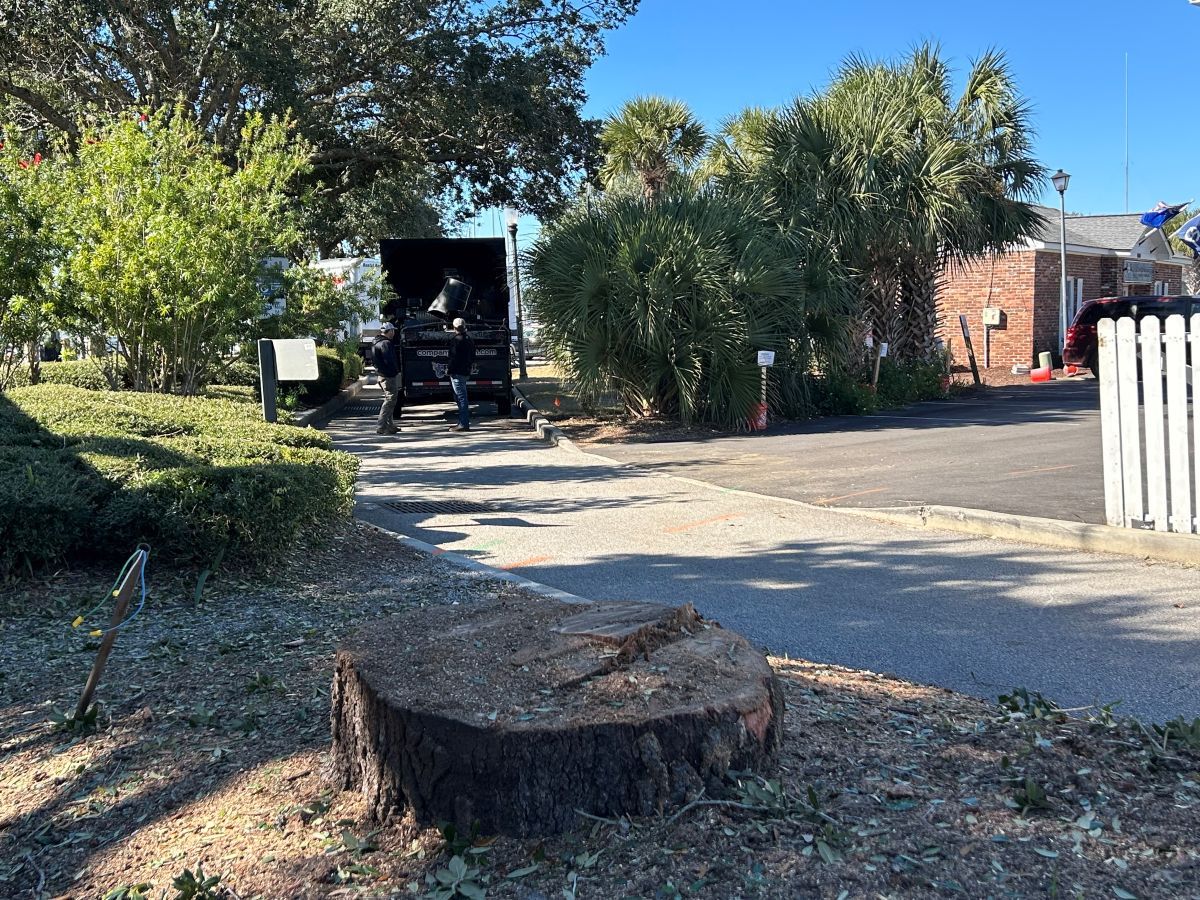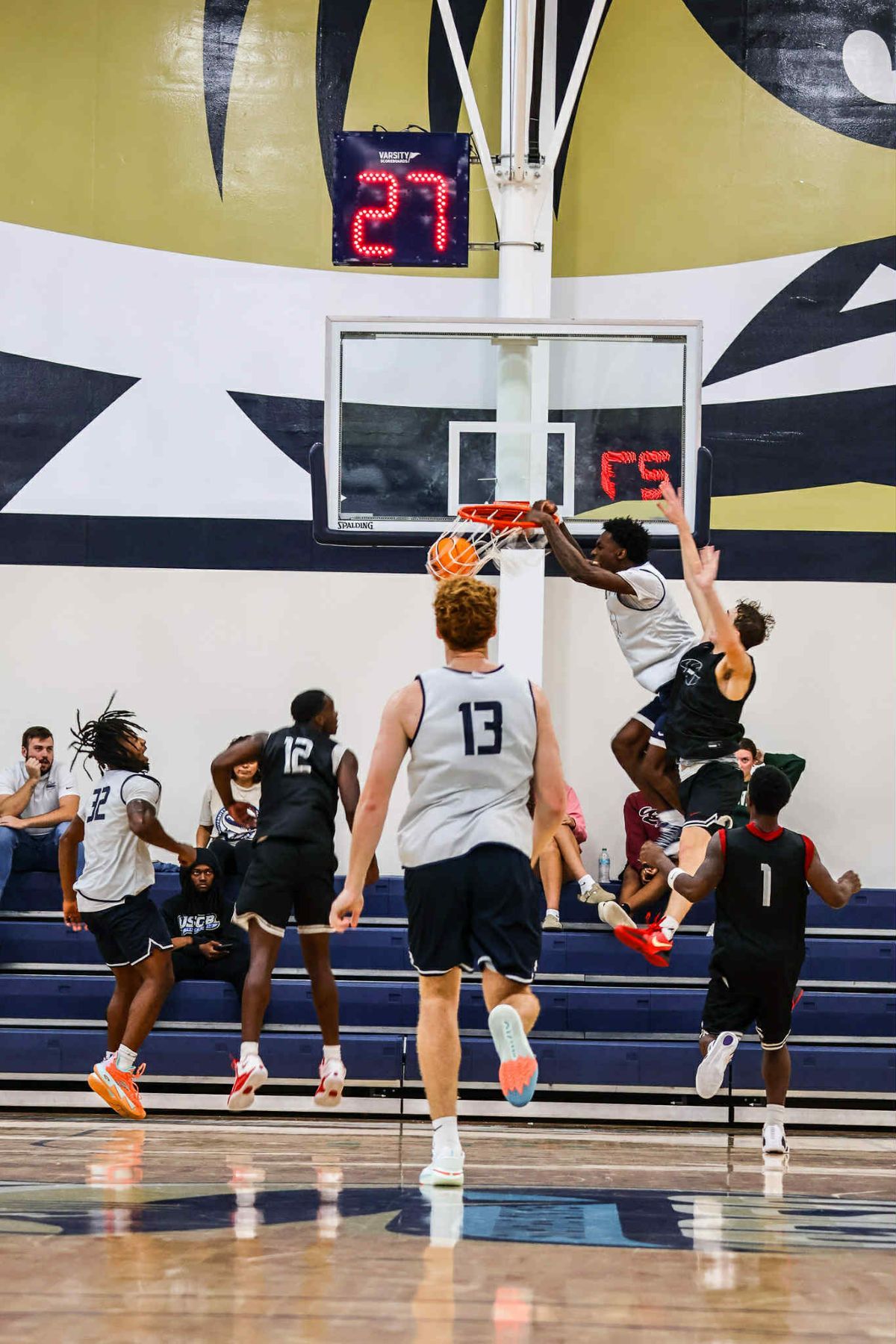It is Sunday, and I’m in Port Royal. This morning the news is about Ukraine and the fighting in and around Kyiv. But footage of the actual fighting, or descriptions about the movement of individual units, is largely absent.
The video coming forth from CNN and MSNBC is the same — repeated scenes of refugees arriving in Poland; fireman hosing down smoldering fires and, of course, nighttime explosions endlessly looped.
The anchors fill-up their time talking with experts — retired Colonels who fought in Iraq — who repeat the fact that Russia is larger than Ukraine and that it’s army has more tanks than the Ukrainian Army has canteens. Beyond these repetitive interviews the war is pretty much left to our imaginations.
One assumes that most of the Ukrainian infantry are high school graduates having studied calculus and having read novels by Tolstoy. We assume these young troops were recently involved with cell phones, laptops and TikTok. And we have learned there are 32,000 women currently serving in the Ukrainian military — that’s 15 percent of their personnel.
What we don’t know is where these troops are actually deployed, how they doing against the Russian tanks and, importantly, how many anti-tank missiles have been fired in their defense of Kyiv and Kharkov.
One assumes most of the young Russians soldiers also high school graduates. But we also know a big part the Russian army are marginally motivated, one-year conscripts. One assumes Vladimir kept these less-than-eager conscripts away from the T-90 tanks that were supposed to lead his ground troops across the border.
We know that the T-90 has a gun that has a slightly longer range than that of the Javelin — a “fire and forget” anti-armor missile that can, on a good day, hit a personnel carrier two miles away. But we don’t have much history when it comes to a face-off between the Javelin and the T-90.
We remember that the Russians gave 30 of these heavy tanks to the Syrians. Of these 30 tanks, the Syrian rebels took out five T-90s using the old TOW-2 anti-tank missile system. This may seem like a mediocre record and not a particularly good omen for the young Javelin-toting teenagers in Ukraine.
But there are differences between the TOW and the Javelin.
The Javelin weighs 50 pounds and can be fired from the shoulder. The heavier TOW requires a tripod. After the TOW operator fires he must guide the missile to the tank all the while being exposed to return fire — and return fire can be distracting. The young men and women operating the Javelin can visualize the target on a green screen, fire, and then dive for cover.
There are other weapons that obviously came into play when the Russians moved South from Belarus. One of these was the Su-25. These two-engined, ground support jets — sometimes called a “flying tank” — have been used by Russia and its allies all over the world. They were decisive in the Russo-Chechnya war, but were less effective in Africa.
Some years ago I was in the Ivory Coast when then-President Laurent Gbagbo rented a half dozen Su-25s and used them against Islamic rebels. Unfortunately his Ukrainian pilots mistakenly killed nine French soldiers and the French took their revenge by blowing-up some of the offending Su-25s — abruptly ending their ground support role in that civil war.
Fending off the Su-25, we have the Stinger — and we know that Lithuania air lifted hundreds of these ground-to-air missiles into Ukraine just before the invasion. Although the Stinger is mostly deployed against slower, lower flying helicopters, Afghan rebels did shoot down 15 Su-25s during their war with Russia.
In the immediate past — in our recent colonial wars — we were often pitting a well-trained, college educated pilot against an unschooled, RPG-toting teenager. Usually, the outcome of that face-off favored the well-trained pilot. But In Ukraine we’ve got healthy, educated, well-trained kids on both sides of the line.
This conflict hinges on the reliability of the young troops who have to master the increasingly sophisticated electronic weaponry that is now standard-issue in the developed world. But in this case the Russians (probably) have too many troops, T-90s and Su-25s for the Ukrainians to stop. Courage and competence may give way to the Russian tsunami.
But on this Sunday, though it is quiet in Port Royal, the Ukrainian youth continue to fight.
Scott Graber is a lawyer, novelist, veteran columnist and longtime resident of Port Royal. He can be reached at cscottgraber@gmail.com.







